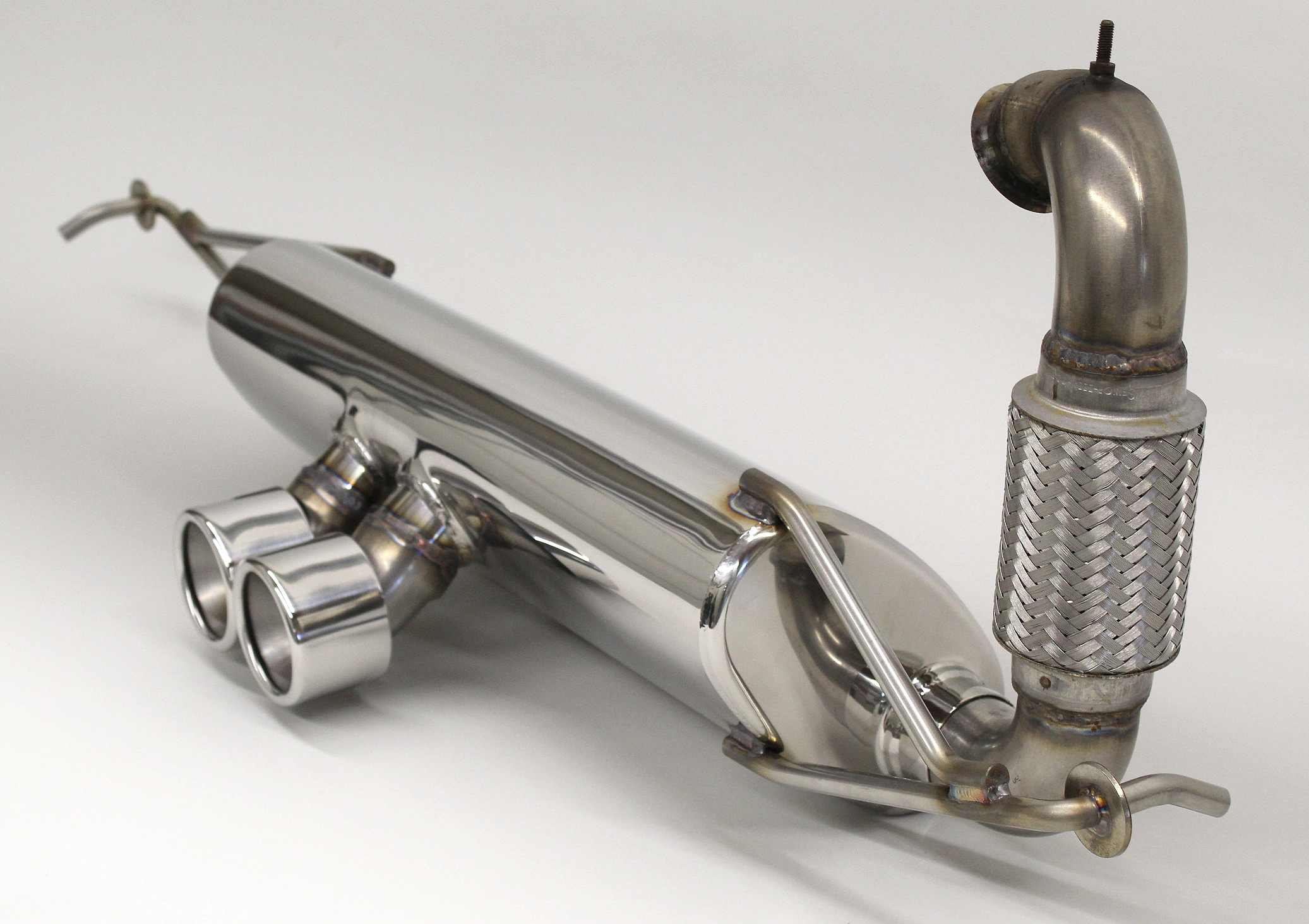When automotive enthusiasts embark on the journey of modifying their vehicles, one aspect that often comes into sharp focus is the exhaust system. Among the various modifications, the resonator delete has emerged as a popular choice for those seeking to enhance their vehicle’s sound and performance. This practice, however, is characterized by a myriad of implications that deserve exploration. In this article, we will delve into what a resonator delete entails, its advantages and disadvantages, and the resultant auditory experience it induces.
A resonator delete, in its essence, involves the removal of the resonator from an exhaust system. The resonator, typically found in conjunction with the muffler, serves to fine-tune the exhaust sound by mitigating certain frequencies. While it may seem insignificant, its removal can dramatically shift the acoustic landscape of the vehicle. This leads us to the first compelling question: why do car aficionados pursue such a modification?
The allure of automotive sound is profoundly tied to personal expression and connection with the vehicle. Many enthusiasts cherish the idea of an exhaust note that resonates with power and performance. The sound a car produces can evoke a visceral response, heightening the emotional engagement between driver and machine. For some, the desire for a more aggressive tone signals a shift in perception—from mere transportation to an embodiment of the driver’s personality.
Now, let’s explore the pros of undertaking a resonator delete. One of the most significant benefits is the enhancement of the vehicle’s auditory presence. Removing the resonator can lead to a fuller, more aggressive sound profile, which many enthusiasts find exhilarating. The deep, throaty growl that often accompanies a resonator delete can transform the mundane experience of driving into an exhilarating escapade.
Moreover, enthusiasts often argue that a resonator delete can lead to slight performance gains. By removing a component that is designed to dampen sound, there can be a reduction in back pressure within the exhaust system. This change may facilitate better exhaust flow and, subsequently, marginal improvements in horsepower and torque. While these gains may be modest, they contribute to an overall sense of enhanced driving dynamics.
Another significant reason for opting for a resonator delete is the potential weight savings. In some cases, the components used in a resonator can be relatively heavy. Eliminating unnecessary parts can make the vehicle lighter, which might improve handling and fuel efficiency.
However, no modification comes without its drawbacks. It is essential to consider the cons associated with a resonator delete. First and foremost, the increased sound volume can become a nuisance, especially in day-to-day driving scenarios. What once was a subtle hum can escalate into a cacophony, contrasting sharply with the quiet and refined experience that many drivers prefer.
Additionally, the sound produced by a resonator delete may not always be harmonious. While some may revel in the loud, aggressive tones, others might find the resultant vibrations and high-pitched frequencies unpleasant. Each vehicle and exhaust system has its unique acoustics, and the removal of the resonator can lead to unexpected and sometimes harsh sound profiles that may not be universally appreciated.
Furthermore, there are legal and insurance considerations to weigh. Depending on local regulations, exceeding noise limits due to a missing resonator can result in fines or complications during vehicle inspections. In some scenarios, it may even affect insurance premiums or coverage. Therefore, it is prudent to familiarize oneself with local laws prior to making such modifications.
Another crucial factor is potential impact on the vehicle’s warranty. For newer vehicles, modifications to the exhaust system could void certain warranties. Automakers often specify that alterations to critical systems, including the exhaust, can result in diminished warranty coverage. It is advisable for vehicle owners to consult their warranty agreements and possibly speak with a dealership before committing to a resonator delete.
In essence, the decision to undertake a resonator delete boils down to personal priorities and preferences. For those who relish the raw auditory experience, the benefits of heightened sound and performance may far outweigh the drawbacks. On the other hand, individuals who value comfort, compliance with noise regulations, and warranty preservation might find themselves hesitant to remove such an integral component of the exhaust system.
When contemplating a resonator delete, it’s also worth considering alternative modifications. For those seeking a balance between enhanced sound and retained vehicle refinement, aftermarket options exist that can provide a pleasing tonal upgrade without complete removal. Performance exhaust systems that integrate high-flow options and optimized sound profiles often arrive as a compromise between the extremes of deletion and compliance.
To encapsulate, the resonator delete stands as a compelling modification for a segment of automotive enthusiasts who seek to elevate the uniqueness and personality of their vehicles. The dramatic auditory transformation it engenders can be a source of pride and exhilaration for many. However, it is vital to enter into this modification with a full understanding of the potential consequences—both positive and negative. This nuanced decision reflects the broader theme of automotive passion: the exploration of individual identity and expression in motion.
